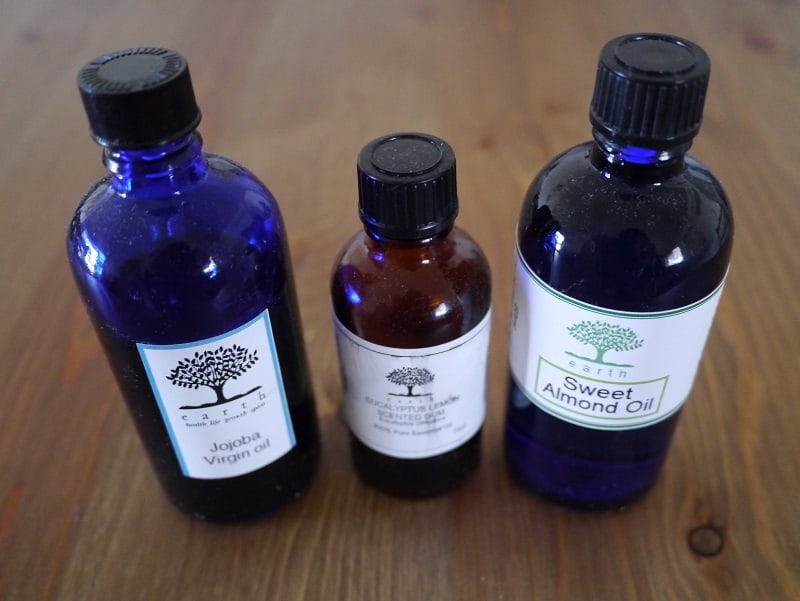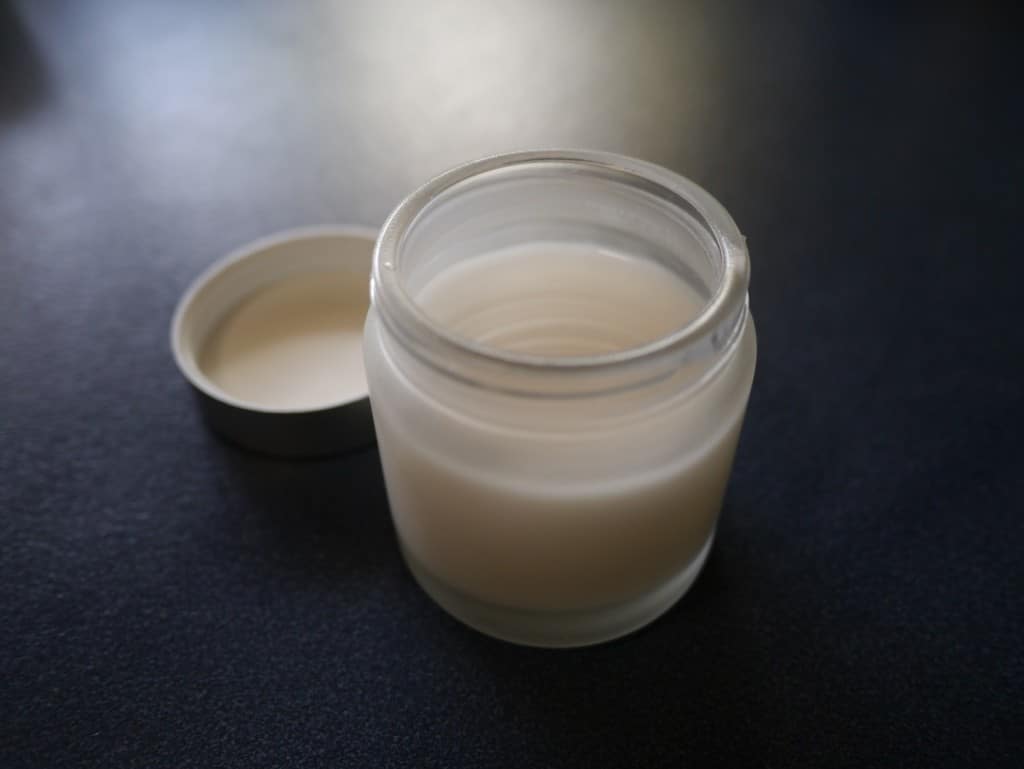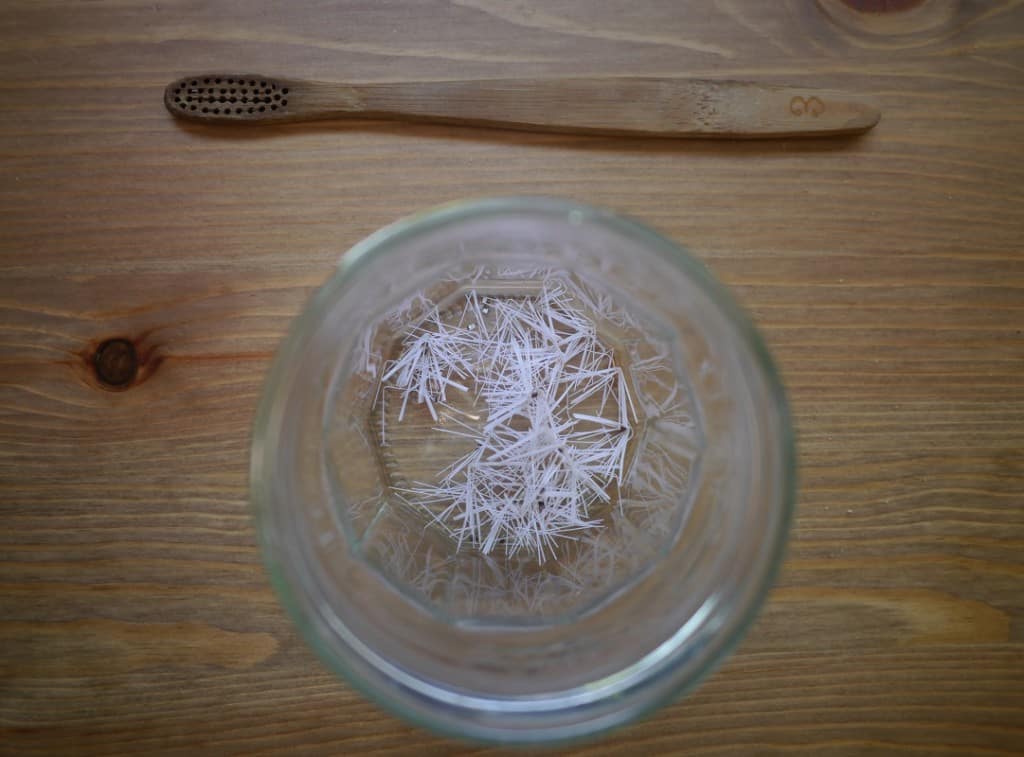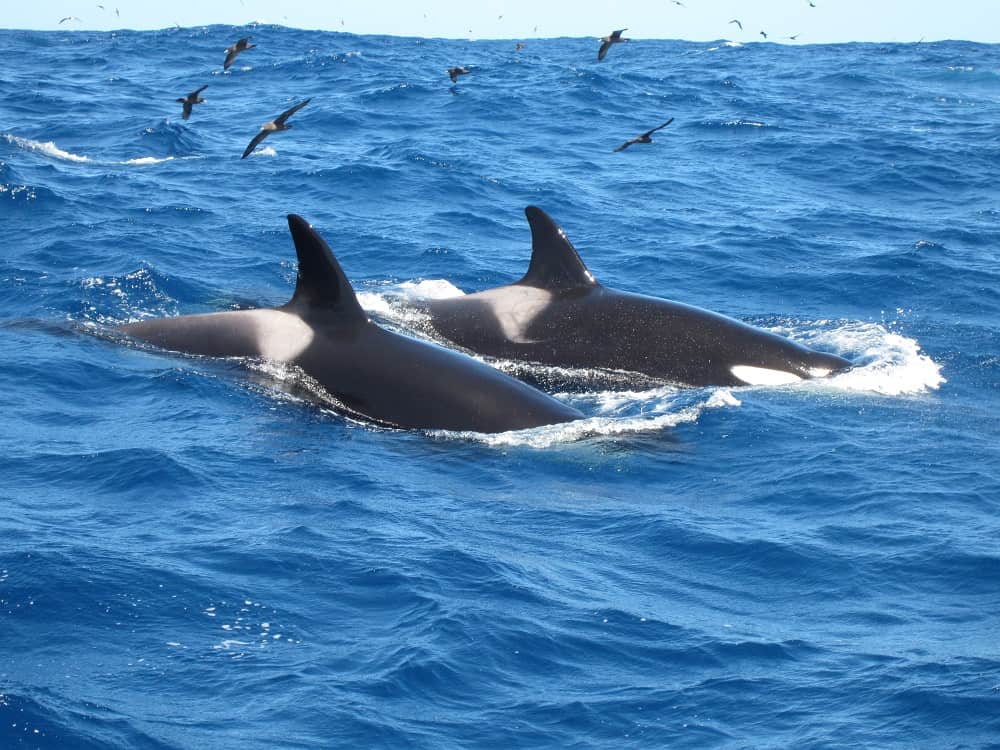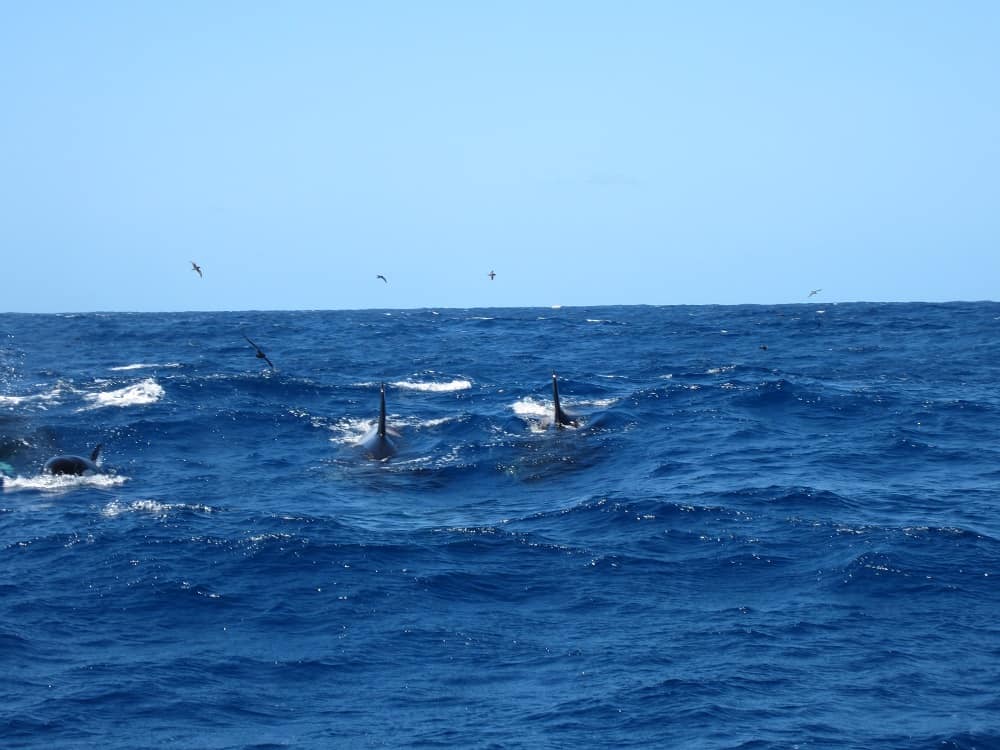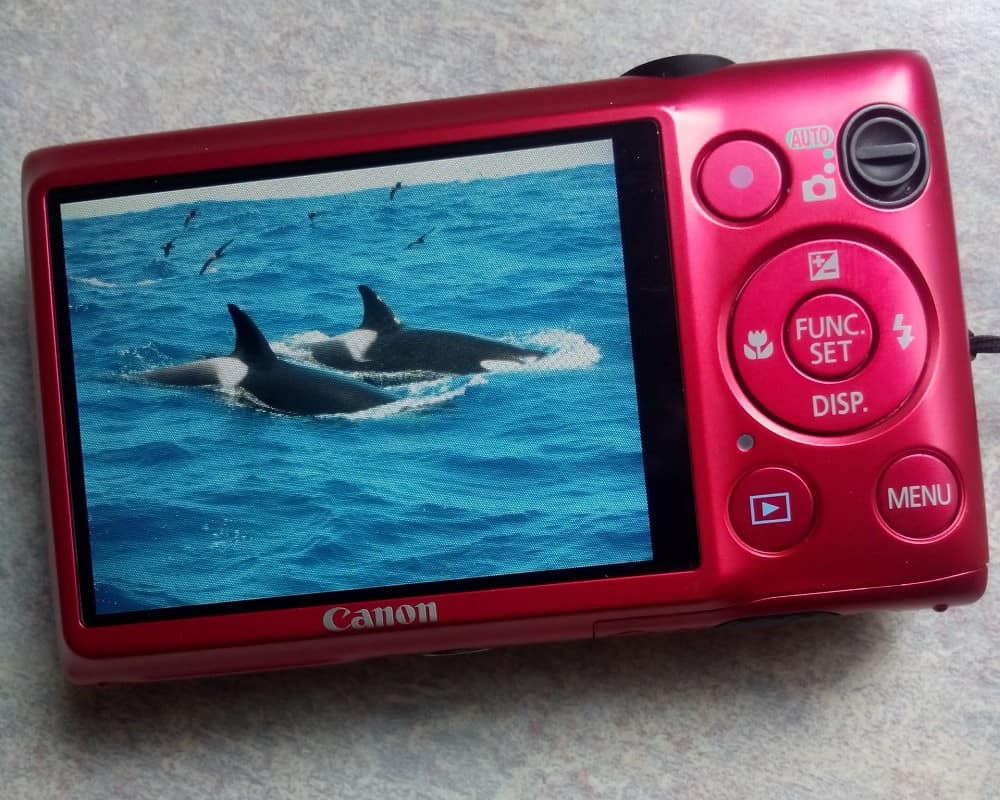Avoiding a Visit from the Plastic-Free Police
My plastic-free (and later, zero-waste) journey has been such an adventure, challenge and learning experience and brought so much enjoyment that I can’t help but want to share it with the world. There’s so much personal satisfaction that comes with discovering new (or more often, old) ways of doing things, being more mindful about the way we live our lives, and of course, reducing landfill waste!
The longer I pursue this lifestyle the better I become at avoiding plastic and generating waste… but that doesn’t mean I’m perfect. Of course not! It doesn’t mean I’m completely zero-waste. It doesn’t mean I’ll ever be completely zero-waste. It’s a journey, after all… and that’s the fun!
Ah, the fun. Successfully making a recipe from scratch for the first time. The jubilation of finding a new ingredient in bulk for the first time. The smugness of remembering your reusable cup, and water bottle, and cutlery, and produce bags when you actually need them. The excitement of finding someone all the way across the other side of the world who thinks the same way we do. The excitement of finding someone just down the road who thinks the same way we do!
The satisfaction of setting a personal waste-free goal and then achieving it…
That’s the thing about plastic-free and zero-waste living. It’s a very personal journey. What works for one person doesn’t necessarily work for another person. People will find their own path. There is no such thing as the plastic-free police, nor the zero waste police. How can there be, when there’s no rules except the ones we choose ourselves?!
There are, however, some people out there who think they can “catch us out”. I’ve been thinking about this, and I suspect it’s because they don’t know the rules we’ve chosen!
To avoid any confusion, I thought I’d take the trouble to explain my personal plastic-free / zero waste living philosophy. Just to iron out any misunderstandings ; )
Here’s my “rules” for living plastic-free (and zero-waste).
Plastic-Free and Zero Waste: Some Definitions
The best place to start is to explain what I mean by these terms.
When I say “plastic-free”, what I really mean is: I-try-to-live-my-life-as-plastic-free-as-possible-but-I-don’t-claim-to-own-nothing-made-of-plastic-nor-do-I-avoid-every-single-piece-of-plastic-entering-my-home-for-example-I-still-buy-ibuprofen-and-glass-bottles-with-lids-lined-with-plastic-and-I-still-receive-items-in-the-post-in-envelopes-with-plastic-windows-and-I-still-make-mistakes-more-on-that-in-another-blog-post-but-I-really-really-really-try-my-best-to-not-purchase-anything-with-plastic-packaging-or-and-I-try-to-buy-second-hand-but-I-still-own-a-computer-and-a-collection-of-biros-and-a-reel-of-sellotape.
Now I find that rather a mouthful, so I tend to use the term “plastic-free”.
When I say “zero-waste”, this is what I actually mean: “all-that-stuff-I-said-above-except-trying-to-reduce-my-landfill-and-also-recycling-to-the-absolute-minimum-and-when-I-say-minimum-I-mean-minimum-for-me-where-I-live-now-doing-the-things-I-do-which-isn’t-the-same-minimum-as-it-would-be-if-I-lived-in-a-cave-and-wove-my-own-clothes-but-small-steps-you-know?
Again, it’s easier to say “zero waste”. I also love the term “near-o waste”, which is far more accurate (!), but I guess zero waste is the end goal. The destination. Maybe I’ll never get there.
Plastic-Free / Zero Waste is Not A Competition
The next rule, it isn’t about how much better I am compared to the next person, or how much worse. As someone who hates waste, I’d far rather everyone was better than me! The only competition I have is with myself, and it’s a friendly competition as we’re on the same side ; )
Everyone’s Limits are Different
Everyone has their own set of limitations, circumstances, restrictions and other things going on in their lives, and it’s important to remember this! I’m happy to wash my hair with bicarb or rye flour, bought in bulk, and rinse with vinegar, also bought in bulk (no-poo hairwashing instructions here). It suits my curly hair. However, it doesn’t suit everyone’s hair, or everyone’s skin. Bicarb especially can be a skin irritant.
Similarly, I’m happy to forgo make-up because I just can’t be bothered trying to make it.
[Actually, I did try making mascara. It involved burning almonds, many matches, beeswax, blackened kitchen utensils, far too much washing up and plenty of swearing. Maybe I’ll write about that sometime…but it’s unlikely to be part of my beauty regime]
However, I’m not prepared to go without baking paper. I’m really not sure I could get by with just one kind of baking tin, either. I love to cook, and this gives me better results. It’s staying.
I may not be winning the zero waste trophy this year, but I’ll be eating much better chocolate brownies ; )
There Will Always Be Exceptions
(See comment about living in a cave, earlier.) There are things I have chosen to buy in plastic. Yes, I call myself plastic-free and I buy things in plastic!
Ibuprofen tablets and prescription medicine (antibiotic ear drops for an ear infection), a diary refill, a kilo of hemp seeds.
I rarely buy glass jars but when I do the metal lids have plastic linings. My husband drinks cows milk and these glass bottles have the same plastic-lined lids.
The thing is, I choose to be part of the real world (for now). In the real world, plastic is everywhere. I do my absolute best to reduce what packaging and plastic I consume.
Show Don’t Preach [Or Nag, or Judge]
It’s very tempting when starting out on a zero-waste or plastic-free journey to want to tell everyone about it…and also tell everyone what they were doing wrong or what they could be doing better! Thing is, most people won’t appreciate this. Trust me, I’ve learned the hard way! No-one likes to be told what to do.
Now I try to show people how I live, help people who come to me with questions or looking for ideas, and strike up conversations where I can in the hope to inspire people to make changes to their lives. I’ve found it works far better.
Often when ideas are new to people it takes a little while before they’re ready to make changes, even when they want to. I just hope that I can plant a seed. A seed that grows into a really big tree : )
I try to keep my opinions to myself the rest of the time (it can be a challenge, and I’m not perfect!) …unless asked, of course!
Just as I’ve learned that people respond better this way, the same applies to me. Sometimes I get things wrong. Sometimes there’s a better way of doing things. I’m always open to suggestions and I love hearing about new ways of doing things, but I much prefer it when the conversation is kept friendly and positive : )
There you have it – my five rules for plastic-free (and zero-waste) living. Plastic-free police vigilante wannabes, please read this first : )
Now I’d like to hear from you! What rules do you follow? Are there any you’d like to add? Any you’d like to remove? Have you had any near-misses with voluntary members of the plastic-free police giving you their two cents?! What are the best ways you find to handle disagreements and differences in opinions? I’d really love to hear your thoughts on this so leave me a message in the comments!
[leadpages_leadbox leadbox_id=1429a0746639c5] [/leadpages_leadbox]

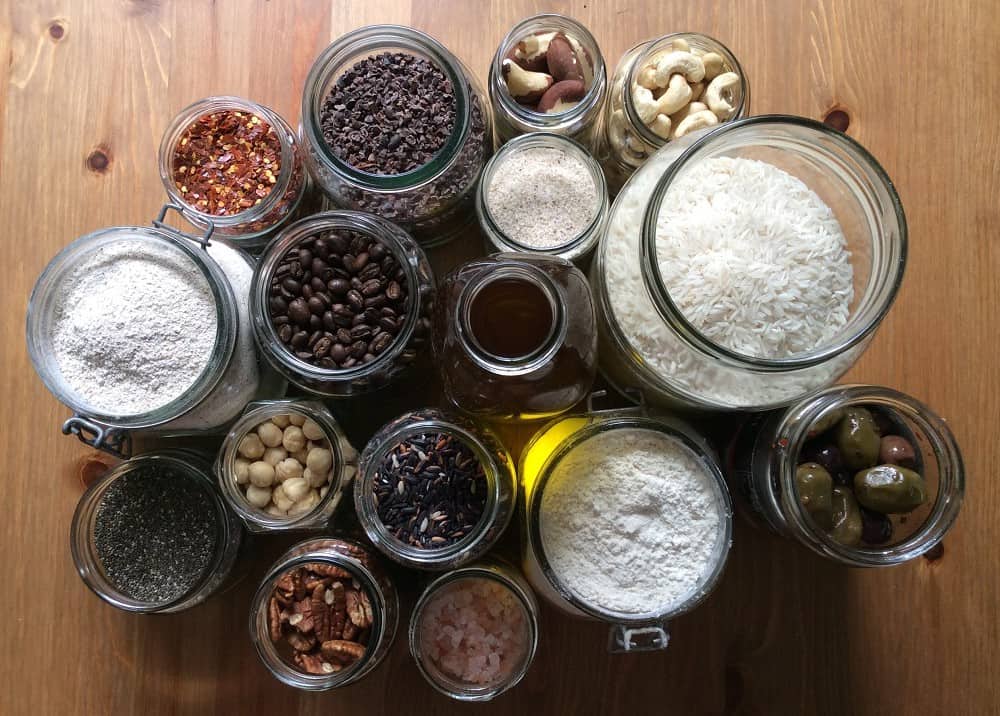
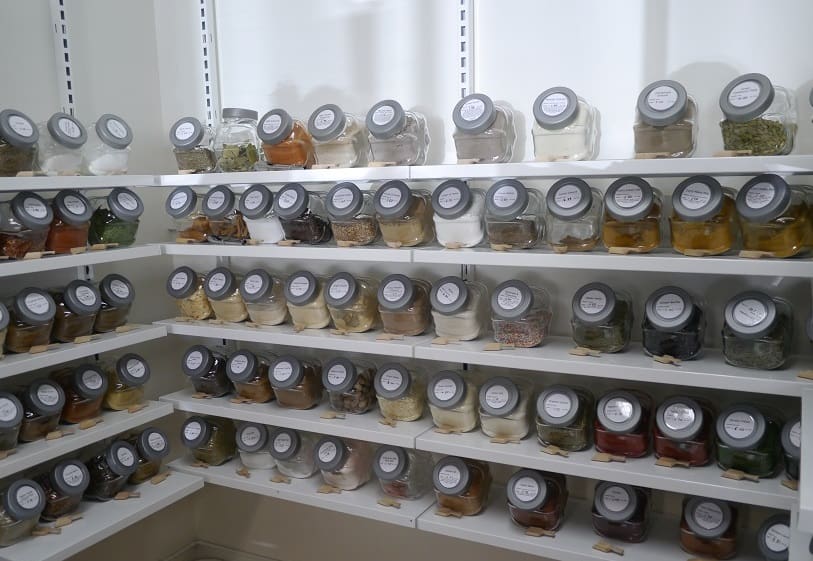
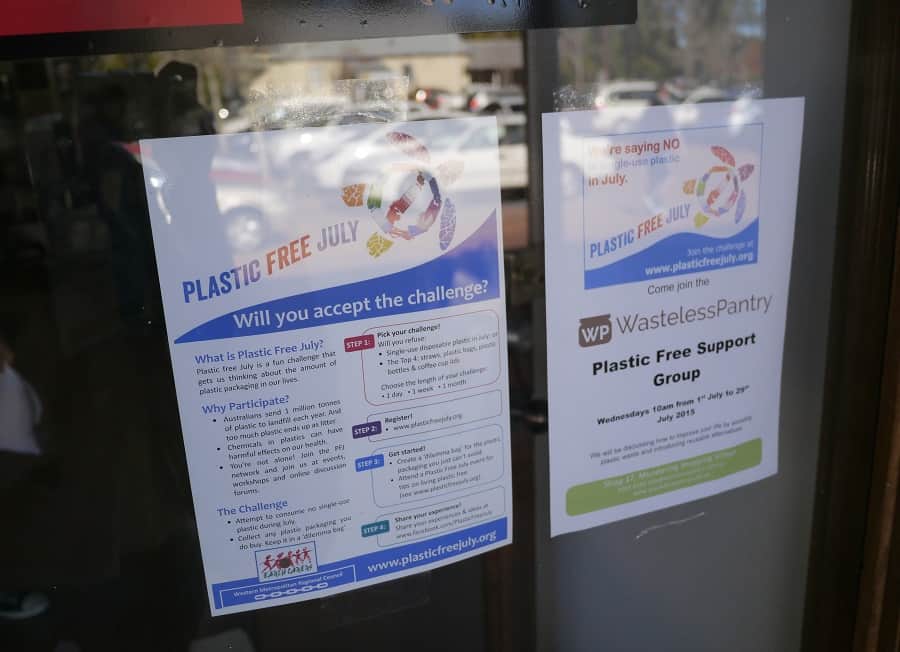
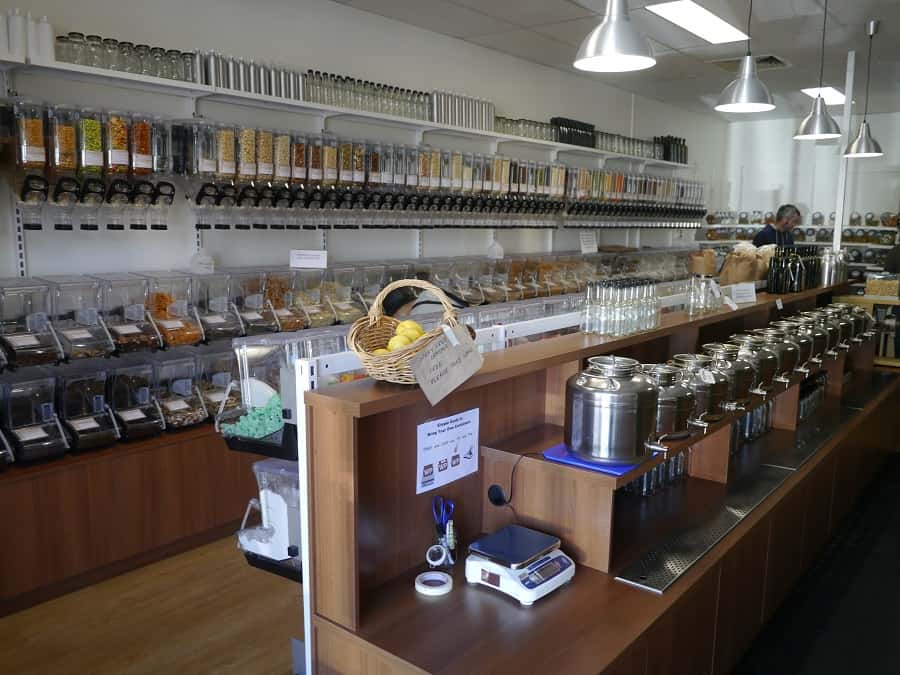
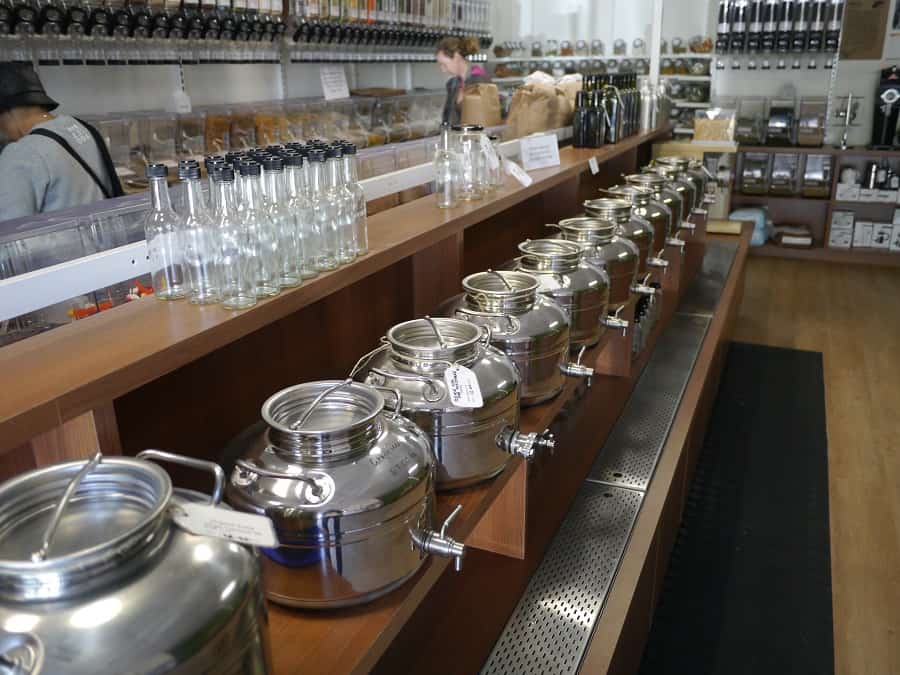
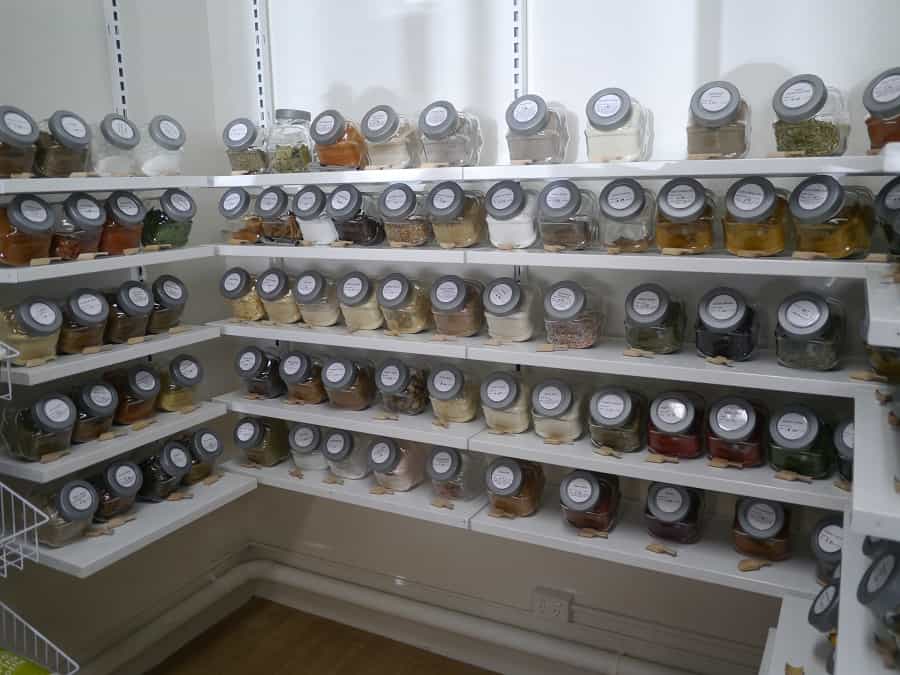
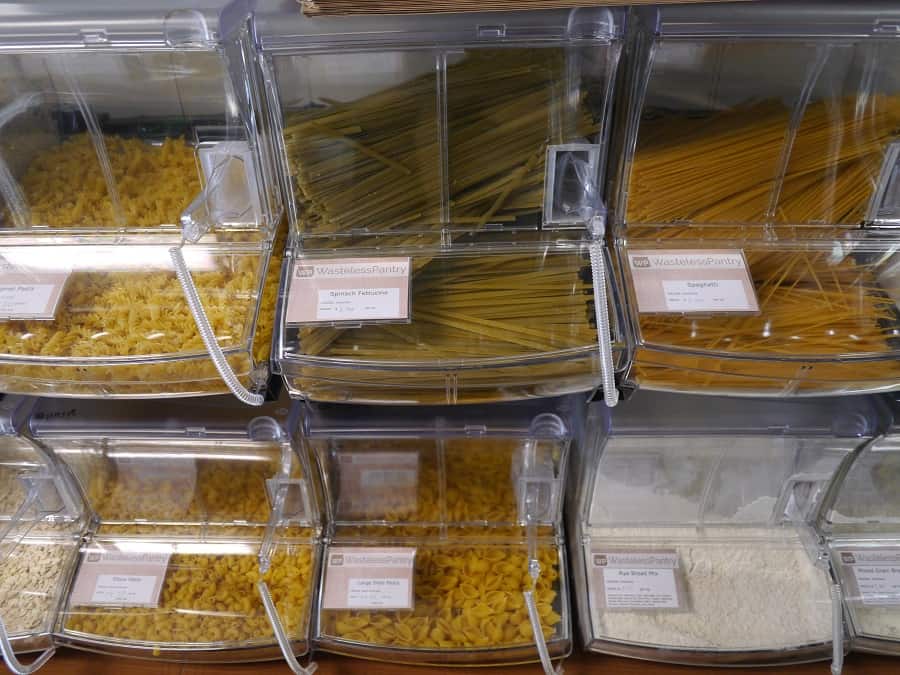
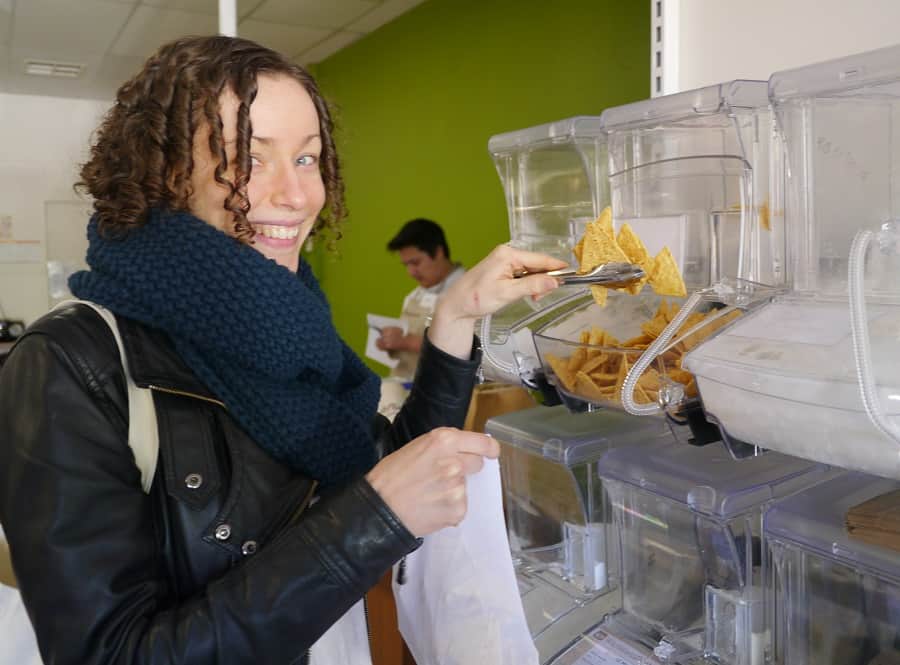
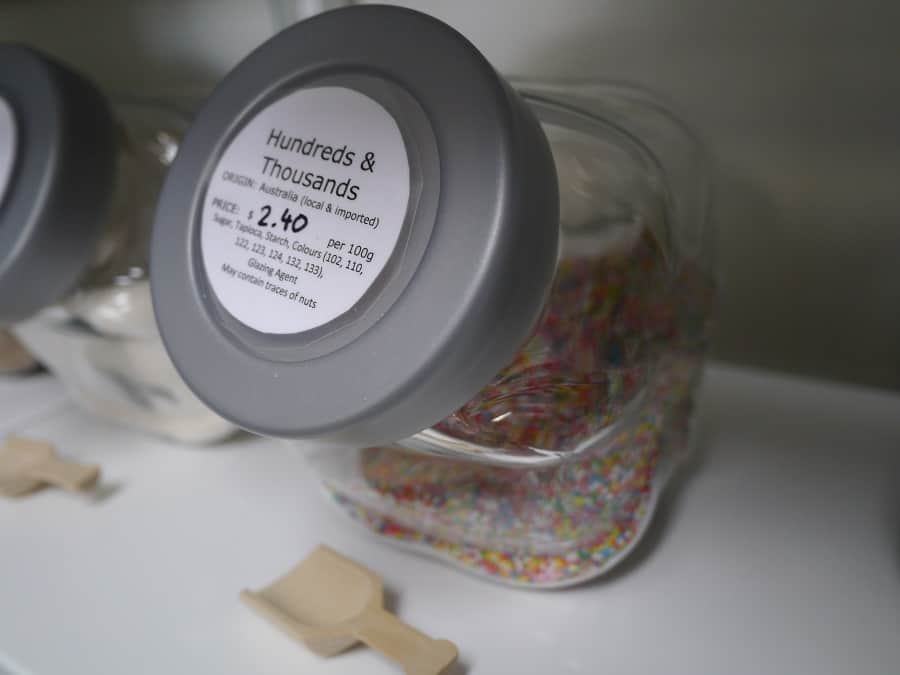
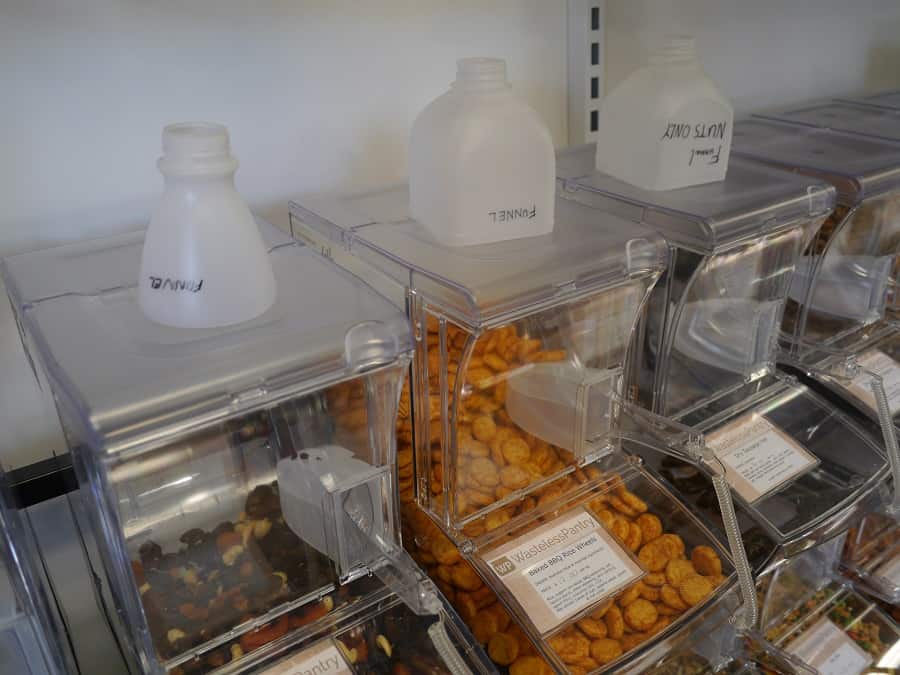
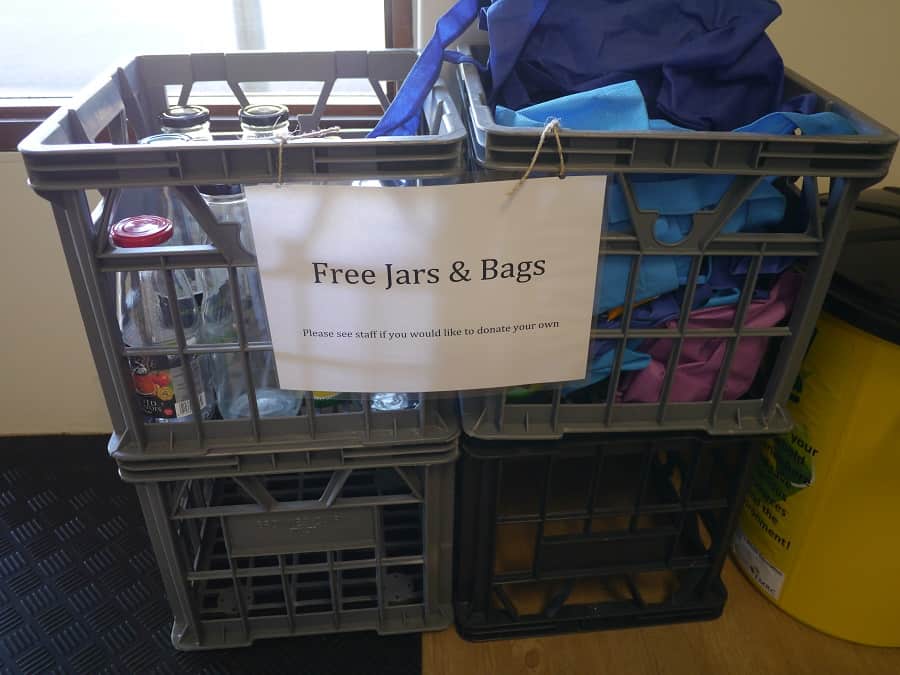
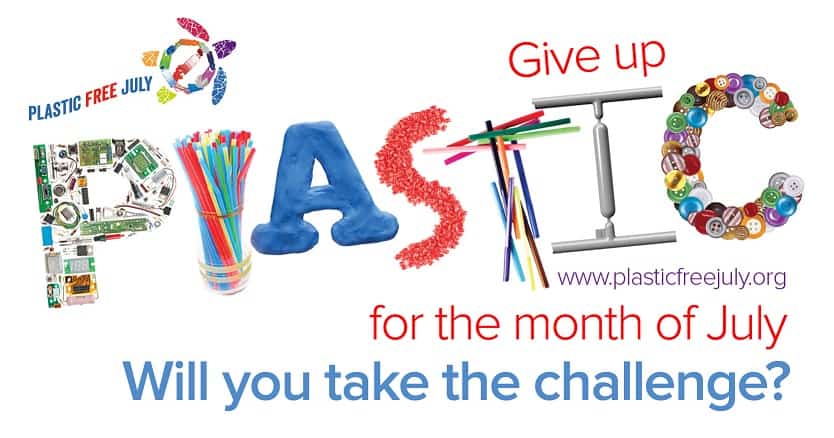
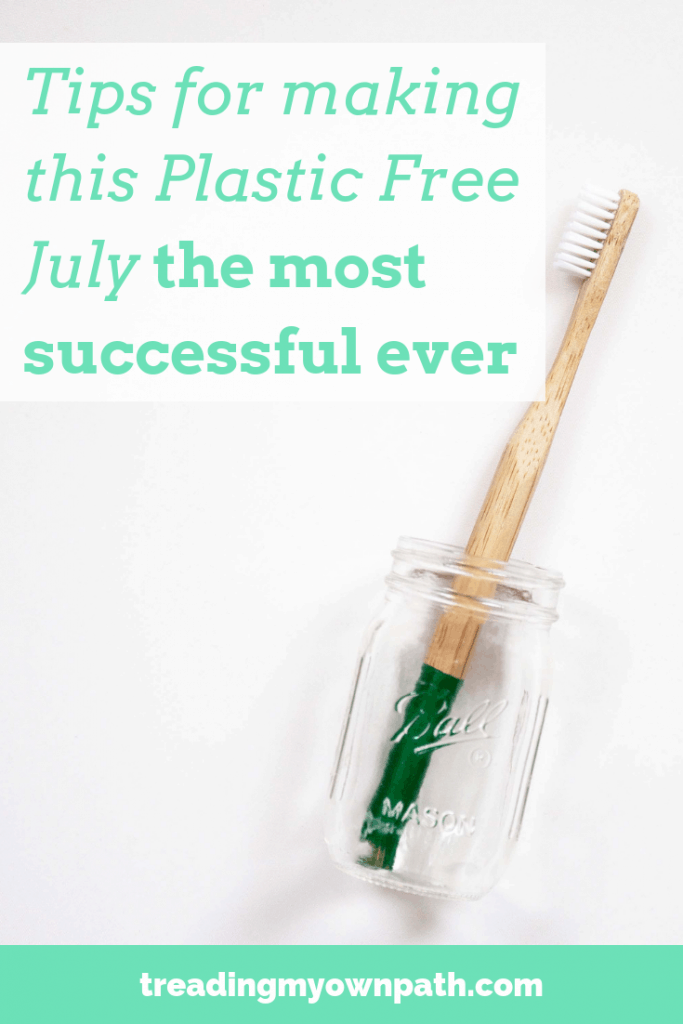

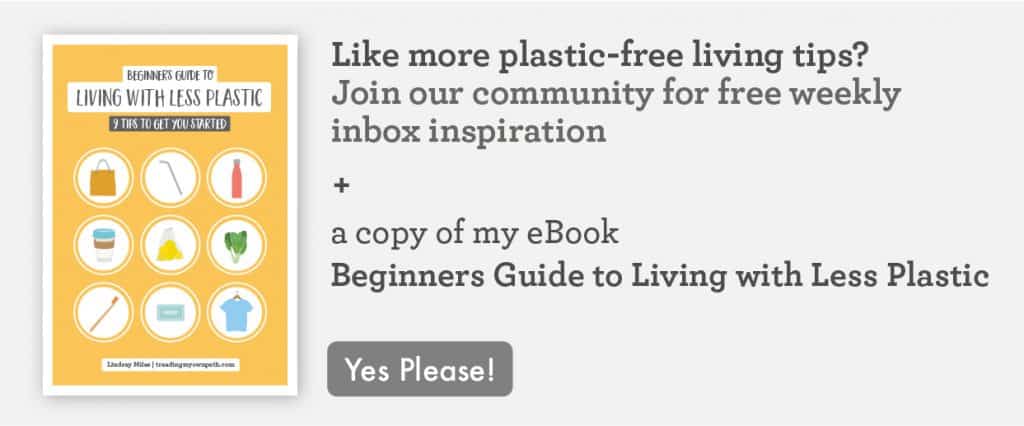
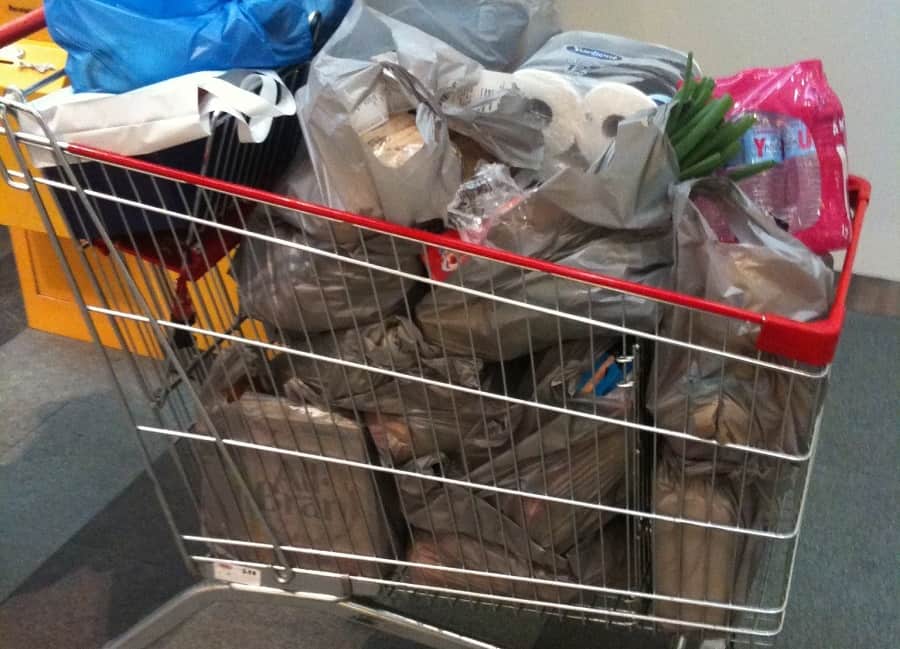
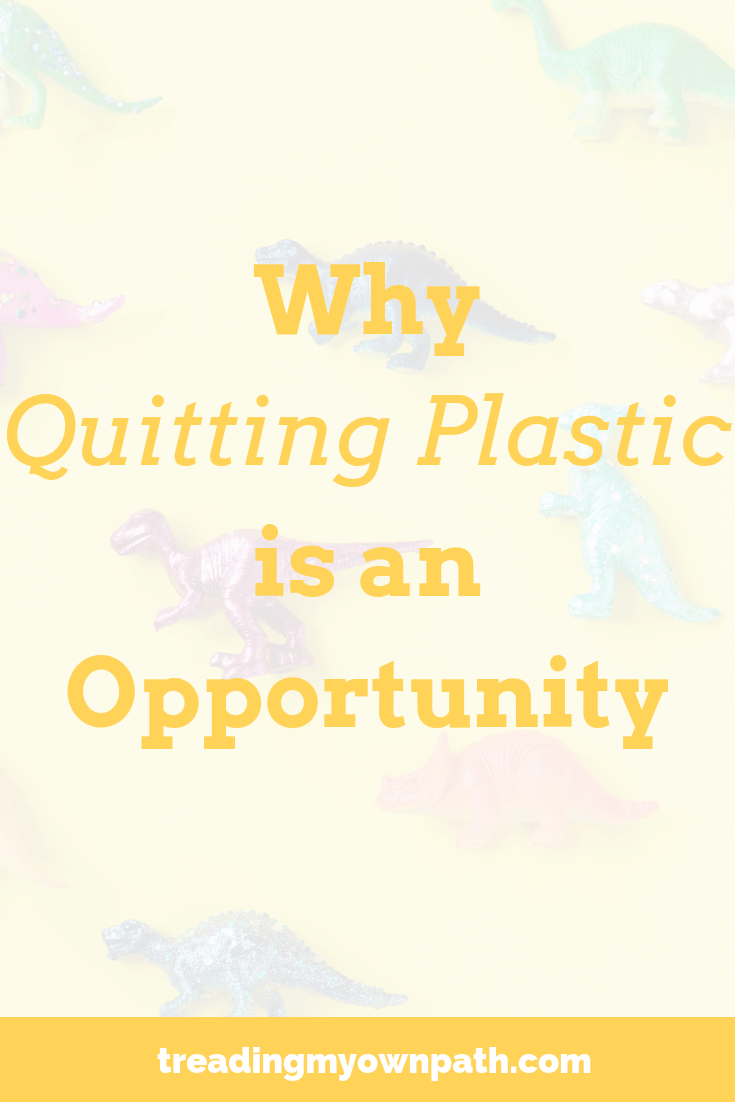
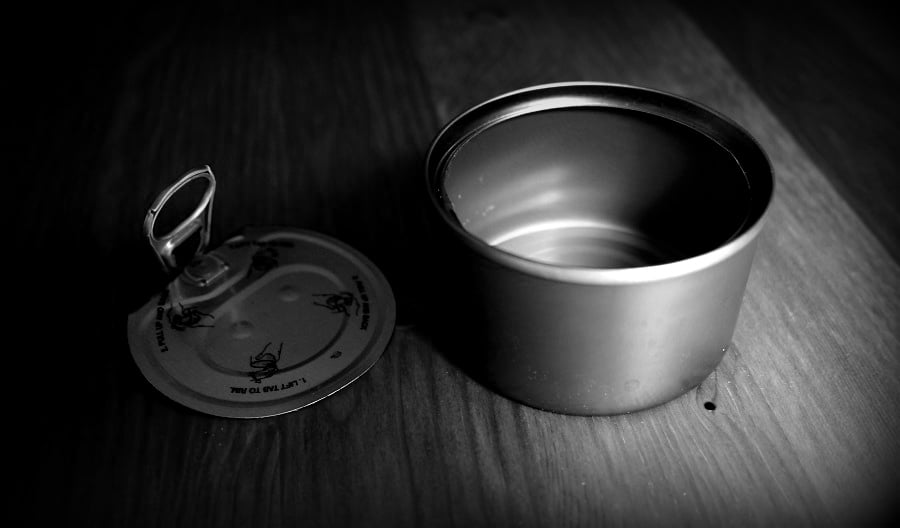
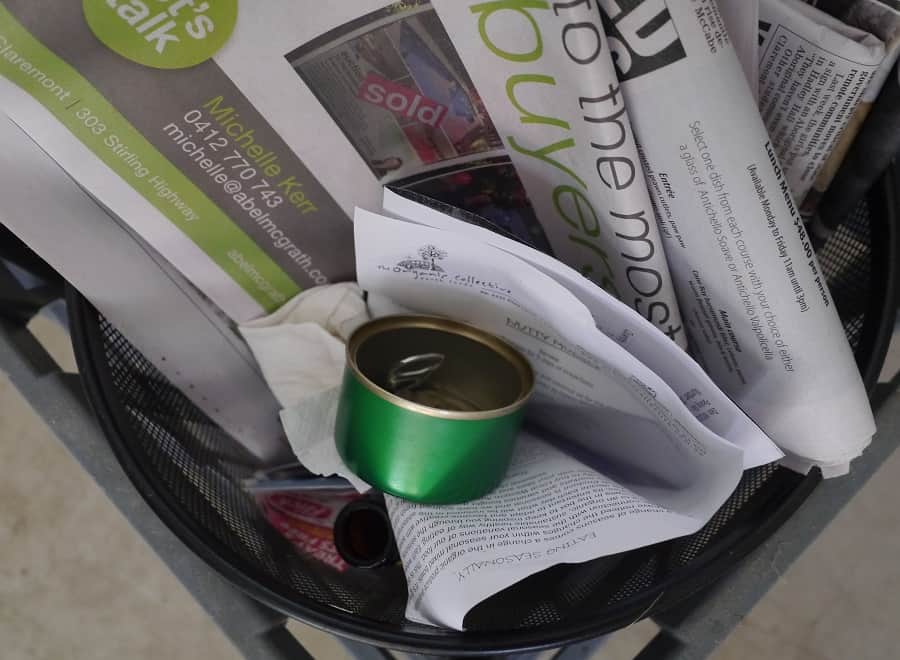
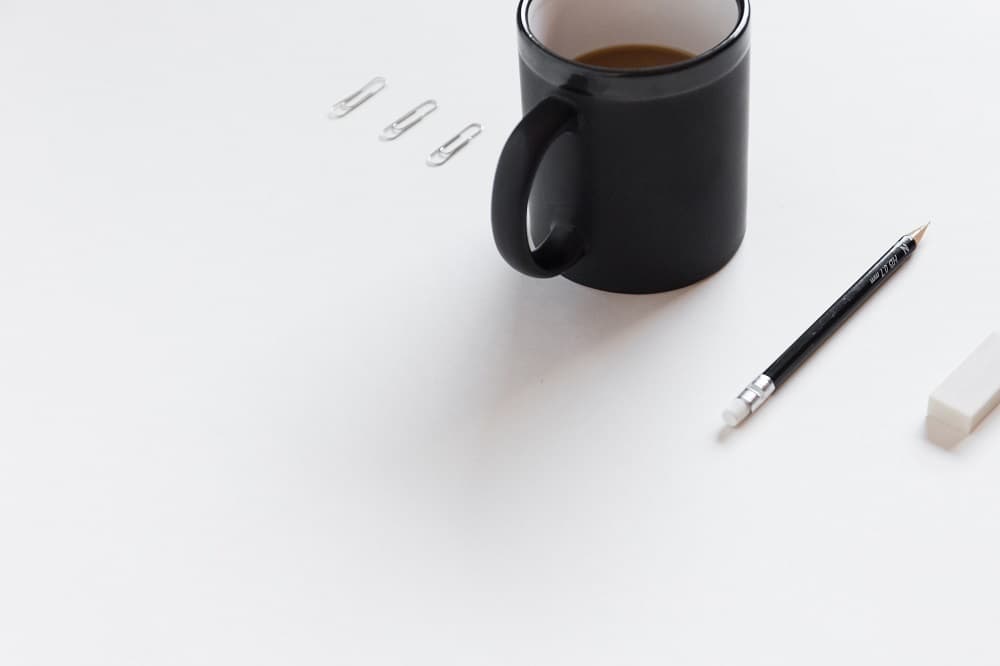
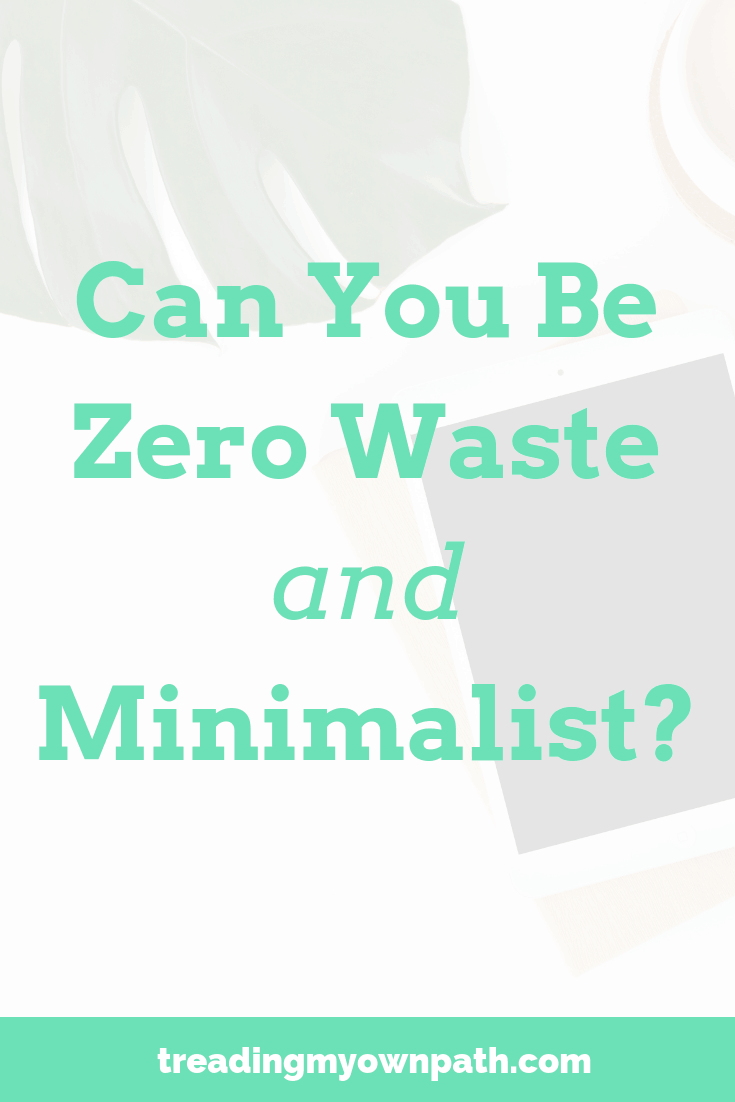

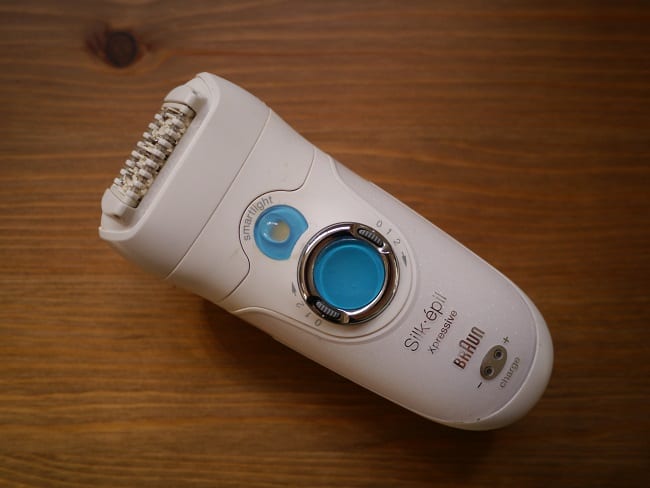
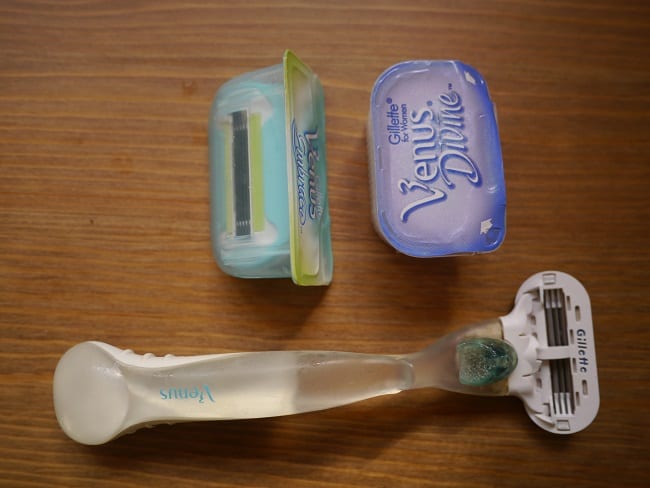
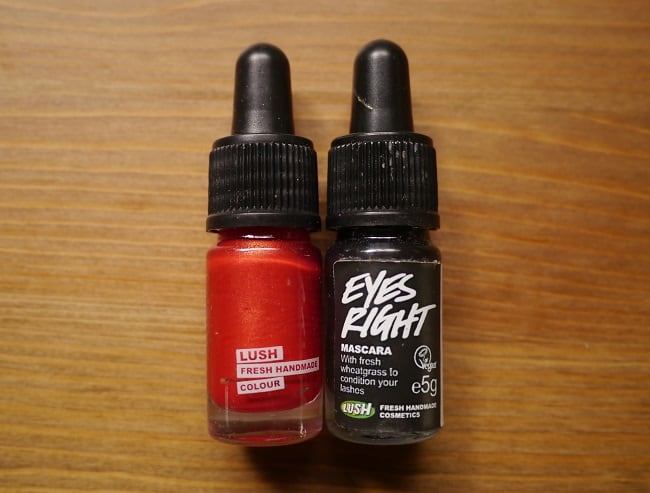
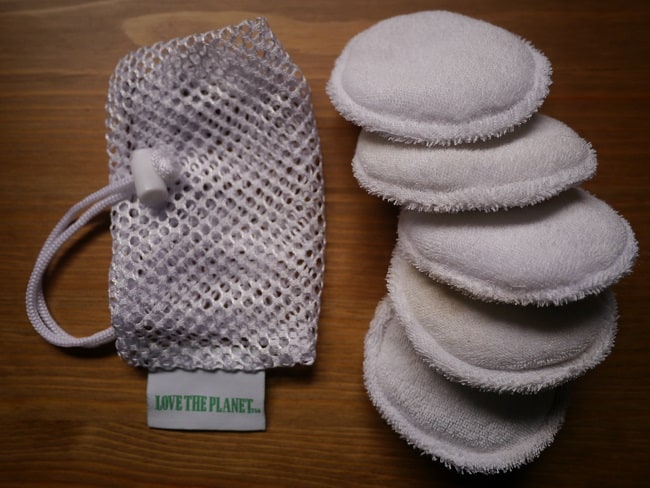

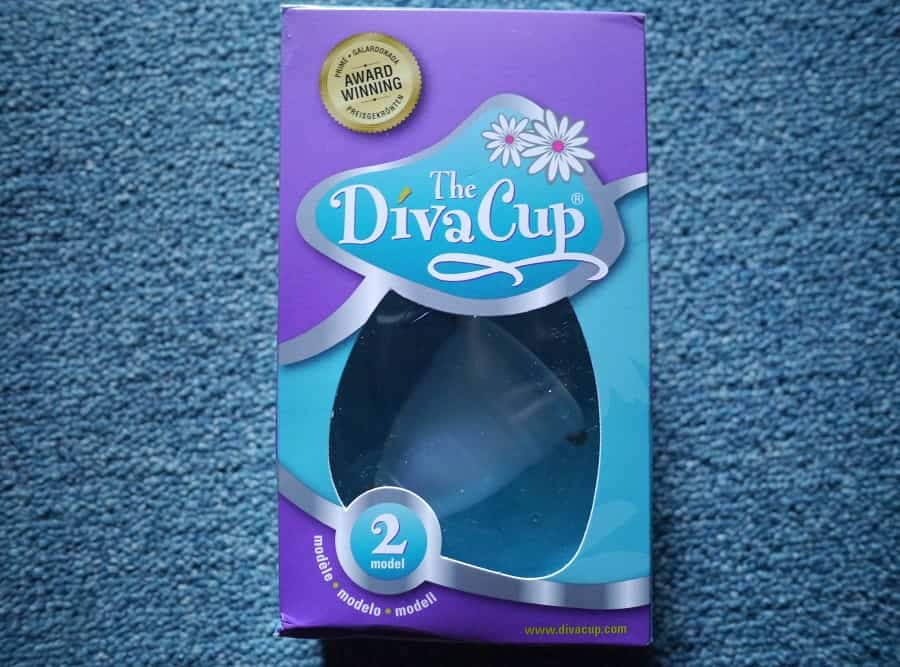
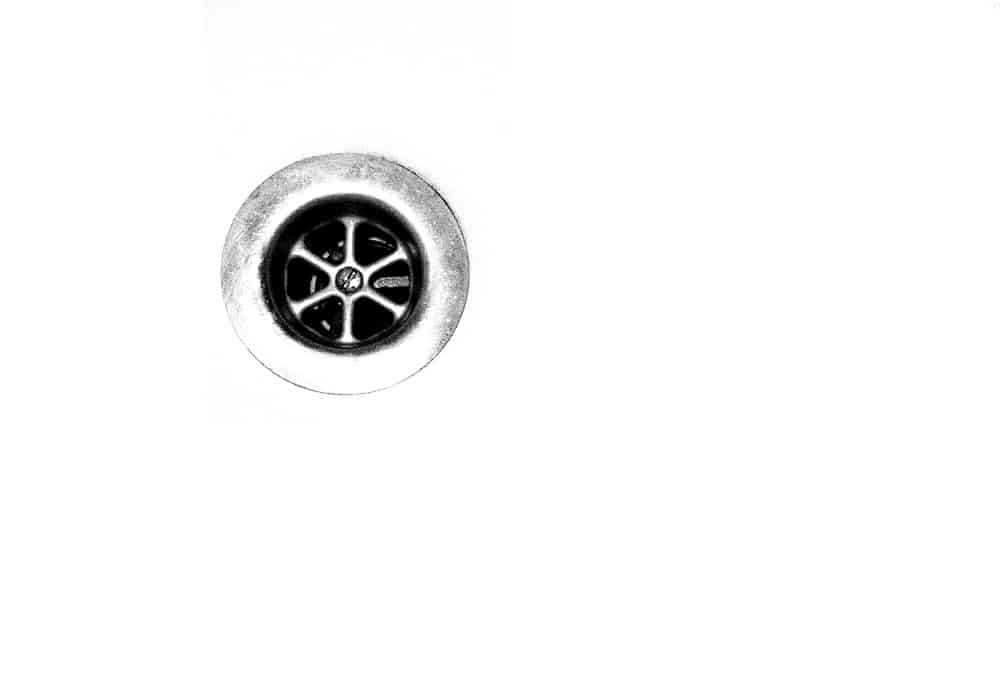
 It’s also possible to find bar shampoo, bar conditioner, bar deodorants and even bar sunscreen! I’ve only ever used bar soap but plenty of people I know use bar shampoo and love it!
It’s also possible to find bar shampoo, bar conditioner, bar deodorants and even bar sunscreen! I’ve only ever used bar soap but plenty of people I know use bar shampoo and love it!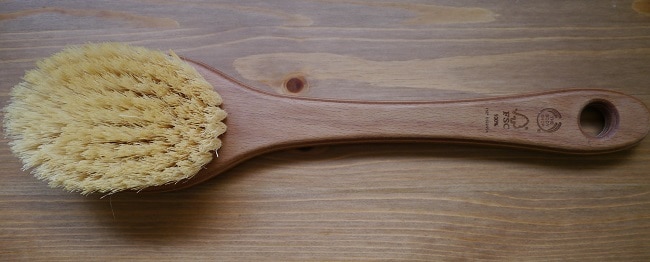 The brushes usually have wooden handles and cactus bristles so are completely plastic free. The idea is you use long sweeping strokes towards the heart, either before or after a shower.
The brushes usually have wooden handles and cactus bristles so are completely plastic free. The idea is you use long sweeping strokes towards the heart, either before or after a shower.